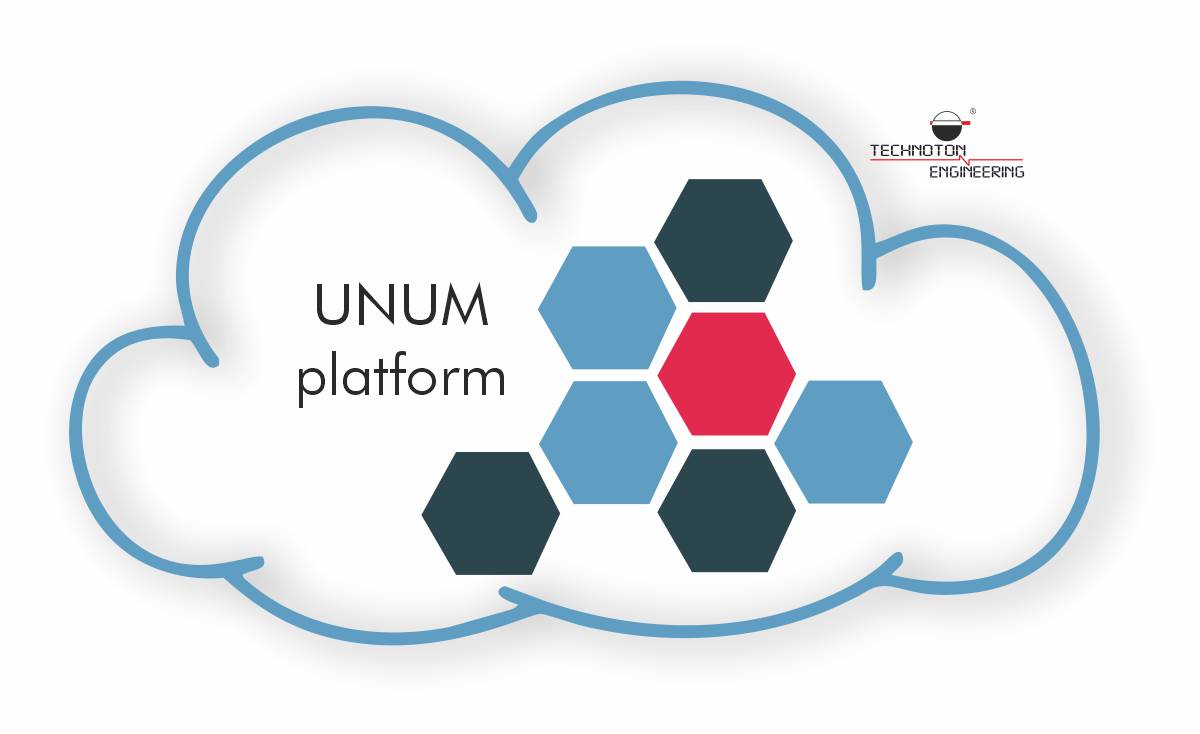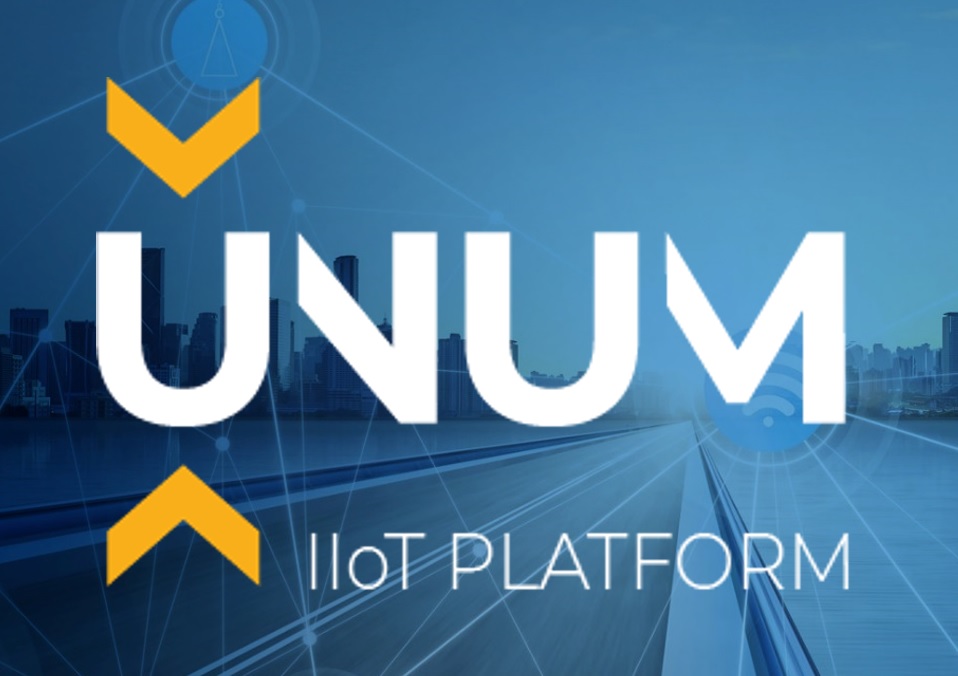Cloud software is required to manage a network of IoT devices and to collect data from this network for further processing. Yes, there are plenty of platforms on the market now, but they are not ready to solve the business tasks out of the box. A ready platform consists of either some separate pieces of the backend or the same useful pieces of the frontend. Even the platform that was the closest to our needs required a serious transformation and hire a team of developers with certain expertise.
We counted the total cost of ownership and other pros and cons of using a leading platform compared with creating our cloud software. And it turned out that to make our platform and to use it for IoT and telematics applications is more efficient. Also, the platform will fully comply with the technology stack adopted by Technoton Engineering.

Cloud Software Components
The database is one of the major components in every cloud application. We put into priority several target points which help a lot with custom cloud application development for our partners.
Target 1: DataBase is to be configured to act in two possible scenarios. The first scenario is when there is a large IoT device network (10M+) with a low frequency of data transmission. Check solution example for Remote water meters reading. The second scenario is when the IoT device network transmits data with nearly real-time frequency. Check for a solution example of a Genset monitoring system.
Target 2: Big Data storage is to be flexible for a physical location, scalability and working performance. Our backend sends data from the IoT device network to the storage with a physical location in a required country. This approach solves issues with personal data protection.
Another cloud software component that we use is a DataBase of 10K+ unified IoT parameters. This centralized and unified DataBase solves communication and integration issues between hardware & software developers, consultants, users and system integrators, service & support teams. The unified language of transmitted data is:
- a qualitatively greater number of controlled parameters;
- flexibility in monitoring data processing;
- general application performance;
- system reliability.

Reports & Analytics module is integrated as a flexible component to manage important running processes at the edge, to give analytical advice to a manager and to provide efficiency reports.
Frontend is a user-friendly single page application with an interactive web interface and access from any PC.
So, it turns out our cloud software consists of the database for data storage, unified IoT parameters database, reports & analytics, frontend & backend.
This cloud software we call today UNUM and we use it for tailored cloud telematics application development.
Business goals which UNUM is to solve
The first goal is to manage the IoT network. It means a range of tasks from adding devices to their configuration and operating status monitoring.
The second goal is to show an operator all the information required. Raw data, processed data, predictions, diagnostic data, analytics are among the top demanded information to be displayed today. More of that, data from sensors and other data should be displayed not like a standard template, but in an appropriate way and depending on what we want to see.
The third goal is administration. There should be an opportunity to deal with personnel access rights, IoT device telemetry data (to check its status and performance), reports and analytics configuration.

The future of our cloud software UNUM
First of all, we work under regular improvements like multi-protocol support (MQTT, CoAP, etc.), add more visual widgets for dashboards, improve general performance.
Secondary we offer our software as a platform for turnkey cloud applications development. It`s obvious that most applications are different, but in our telematics software tasks and processes are very similar. The software works perfectly with any IoT device and is suitable for most applications where it is necessary to collect data, analyze and process it. Of course, specific modifications and some changes are required to launch a tailored business cloud software.

